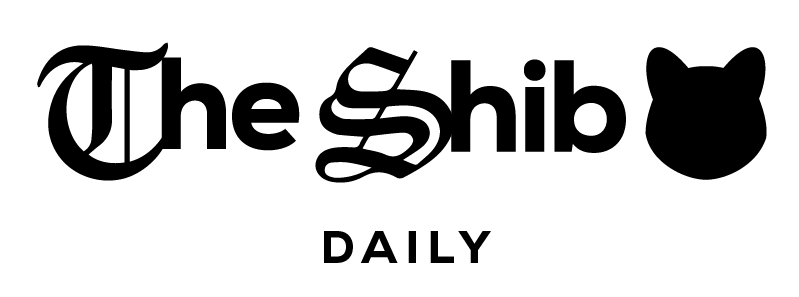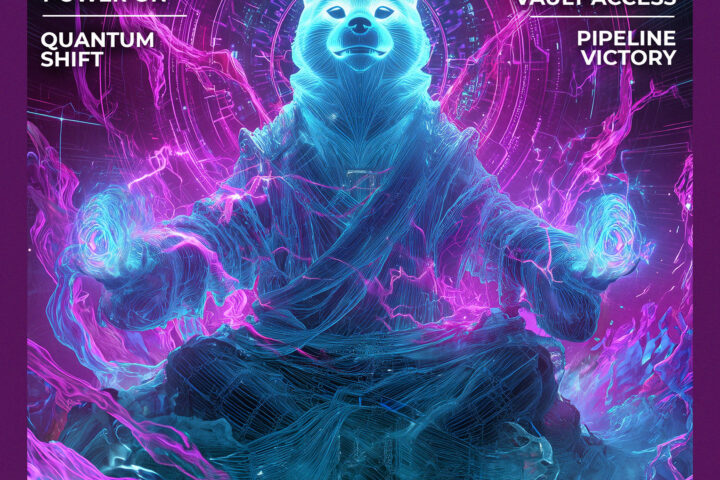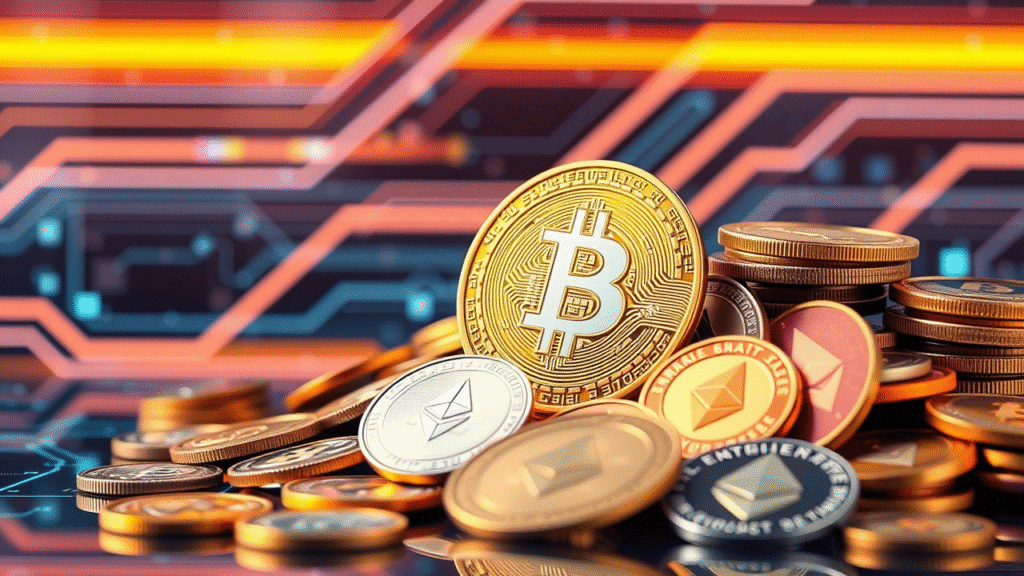Key points:
- A rug pull is when crypto project creators suddenly disappear with investor funds, often after hyping a token, NFT, or DeFi app. It leaves buyers with worthless assets and no recourse.
- Common red flags include anonymous or unverifiable devs, unrealistic promises, unlocked liquidity, shady smart contract behavior, and low-quality social engagement.
- Before investing, check liquidity lock status, research the team, review tokenomics, monitor holder distribution, and look for audit reports or contract scans.
- If you suspect a rug pull, exit quickly if possible, warn the community, report the project, and keep up with scam alerts to protect yourself in the future.
Crypto can feel like a wild west, full of opportunity but also plenty of traps. One of the sneakiest tricks in this world is the “rug pull.” Imagine stepping onto a fancy rug, only to have it yanked out from under you. That’s exactly what happens when a project’s creators suddenly vanish with all the money, leaving investors holding nothing but worthless tokens.
Rug pulls are a major headache in crypto and decentralized finance (DeFi) because they can wipe out your investment in seconds. Since many projects launch with little regulation or oversight, these scams have unfortunately become all too common.
That’s why learning how to spot warning signs early is key. The sooner you recognize the red flags, the better your chances of keeping your funds safe and enjoying the exciting possibilities crypto has to offer. Think of this as your beginner’s survival guide to the crypto jungle, because knowing what to watch for can make all the difference.
What Exactly Is a Rug Pull?
So let’s break it down, what is a rug pull, really? In crypto lingo, it’s when the creators of a project suddenly drain the funds and disappear, usually after hyping up a token, NFT collection, or DeFi platform to attract investors. You trust the project, invest your money, and then, poof, the developers vanish and your funds are gone. It’s the crypto version of being ghosted… but with your wallet involved.
These shady stunts usually happen in three common settings:
1. DeFi Liquidity Pools – This is a big one. In DeFi, projects often rely on liquidity pools, basically, pots of money that let people trade tokens smoothly. But if the devs control the pool and decide to yank all the funds, it’s game over. That’s a rug pull.
2. NFT Projects – Remember when everyone and their dog was launching NFT collections? Some of those projects promised roadmaps, metaverses, and private islands… then disappeared once they cashed in on the hype. That’s another classic rug moment.
3. Meme Tokens & Hype Coins – New token drops with names like “FluffyDogeRocket” often go viral fast. But if the team holds most of the tokens and sells off when prices spike, early buyers are left with digital dust. And yep, you guessed it, that’s a rug pull too.
The fallout? Besides investors losing money (and trust), rug pulls erode confidence in the crypto space as a whole. They make it harder for legit projects to thrive and give critics more fuel to call crypto a scammy playground. But don’t worry, we’re here to help you spot the rugs before they fly out from under you.
How Rug Pulls Work: The Mechanics
So, how do these crypto con artists actually pull the rug? It’s not magic, it’s code, timing, and a lot of marketing hype. The typical rug pull starts with a project that looks exciting and fresh. There’s usually a shiny website, slick branding, maybe even a Telegram group full of GIFs and moon emojis. Everything screams “next big thing.” But behind the scenes, the developers are setting the trap.
Here’s a peek behind the curtain:
Step 1: Hype the Project
The team launches a new token or DeFi app, builds some buzz on X, Discord, or Reddit, and often drops phrases like “1000x potential” or “liquidity locked for your safety.” Early investors rush in, FOMO kicks in, and prices start to rise.
Step 2: Control the Pool
In many rug pull cases, the team controls the liquidity pool, meaning they can pull the plug whenever they want. That pool is where buyers and sellers trade tokens, and if the devs remove the liquidity, everyone else is left holding bags they can’t sell.
Step 3: The Vanish
Once the price pumps and the team decides they’ve squeezed enough out of the hype, they drain the pool or dump their tokens on the market. Prices crash. Websites go offline. Discords get deleted. The devs are gone, and so is your investment.
A few famous rug pulls to remember:
- Squid Game Token (SQUID) — Launched after the Netflix series blew up. It skyrocketed in price, then the devs cashed out and vanished. Investors couldn’t even sell the token.
- Meerkat Finance — A DeFi project that disappeared with over $30 million in user funds within 24 hours of launch.
- Frosties NFT — Promised long-term benefits and a cool community but the founders disappeared shortly after launch. Later, they were charged with fraud.
The key takeaway? Just because something’s trending or slick-looking doesn’t mean it’s safe. Rug pulls rely on speed, hype, and lack of scrutiny. But you can learn to see them coming.
Key Warning Signs and Red Flags
Spotting a rug pull before it happens isn’t about having a crystal ball. It’s about knowing what to look for. Scammers often follow patterns, and if you know the signs, you can dodge the worst of them. Here are the biggest red flags to watch out for when checking out a new crypto project:
1. Mystery Devs
If you can’t figure out who’s behind a project, that’s a problem. Anonymous teams aren’t always bad, some legendary projects started that way, but if there’s zero verifiable history, no public presence, and every team member has the same AI-generated profile pic, it’s worth a pause.
2. Wild Promises
“Guaranteed 100x in a week.” “Risk-free passive income forever.” Sound familiar? If the pitch feels more like a lottery ad than a real business, run. No project can promise massive returns without risk.
3. Locked vs. Unlocked Liquidity
This one’s a bit technical, but important. When a project locks its liquidity, it means the devs can’t suddenly yank the funds out. If the liquidity is unlocked, they can remove it at any time, which is exactly how many rug pulls go down. Always check if liquidity is locked, and for how long.
4. Smart Contract Shenanigans
Smart contracts are the code that runs crypto projects. If the code is constantly changing or hasn’t been audited by a trusted third party, that’s a red flag. Some scammers hide sneaky functions that let them drain funds, block users from selling, or mint unlimited tokens.
5. Suspicious Socials
Is the project’s X account full of bots and giveaways but no real conversation? Is the Discord all hype and no substance? Low community engagement or copy-paste replies can mean the team’s more focused on pumping the token than building a product.
6. Radio Silence When You Ask Questions
Good projects welcome questions and feedback. Scammy ones either ignore them, delete comments, or ban you for asking. If transparency disappears the moment you speak up, that says a lot.
The good news? Once you know these warning signs, you start spotting them everywhere. Staying curious and asking the right questions is one of the best ways to protect yourself in the wild world of Web3.
What to Do If You Suspect a Rug Pull
You’re in a project, things are feeling weird, and your gut’s screaming something isn’t right. Maybe the devs have gone silent, maybe the token price is tanking, or maybe you just spotted a big red flag. If you think a rug pull might be brewing, don’t panic, but don’t freeze either.
- Move Fast, Exit Smart – The first thing to do is get out if you still can. If the token is tradable and liquidity is still there, consider selling before it vanishes. Even if you take a small loss, it’s better than watching your balance hit zero. But don’t rush so fast you fumble your transaction, slippage settings and gas fees still apply.
- Warn the Herd – Let others know. Post a heads-up in the project’s Telegram, Discord, or subreddit. If it’s truly shady, other users might be spotting the same signs. Public pressure sometimes spooks devs into coming clean, or at least stalls them. If the project is listed on platforms like CoinGecko or CoinMarketCap, you can also submit scam reports.
- Report It Where It Counts – Platforms like Etherscan, BscScan, or RugDoc often have places to flag suspicious tokens. You can also report known scams to communities on Reddit, or even to regulators if real money was lost. The more visibility a scam gets, the harder it is for the same people to try again under a new name.
- Keep Learning, Stay Sharp – Crypto changes fast, and so do the tactics scammers use. Follow trusted voices on X, join reputable communities, and bookmark sites that track active scams. Staying in the loop means you’re way less likely to be blindsided next time.
Even the smartest investors get caught now and then. What matters is learning from the close calls and building your radar. You don’t need to be paranoid, just prepared.
At the end of the day, avoiding a rug pull isn’t about luck, it’s about staying sharp, asking questions, and not getting swept up in hype without doing your homework. The crypto space is full of innovation and opportunity, but it’s also full of smoke and mirrors if you don’t know where to look.
That’s where your new checklist comes in. Whether it’s checking liquidity locks, scanning smart contracts, or just doing a quick background check on the team, these small steps can make a big difference. Keep it handy whenever you’re considering a new token or project, and trust your instincts if something feels off.
Crypto doesn’t have to be a gamble. With the right tools and a healthy dose of curiosity, you can enjoy the ride, spot the scams, and actually grow your investments. Staying informed is your best defense, and now you’ve got the knowledge to walk through Web3 with confidence.
Read More
- Crypto Rug Pulls Targeted in NY Lawmakers’ Proposed Crackdown Bill
- Influencer-Backed HAWK Token Faces Lawsuit Following Rug Pull Accusations
- From Screen to Scheme: Squid Game Crypto Scam Hits Close to Home
Michaela has no crypto positions and does not hold any crypto assets. This article is provided for informational purposes only and should not be construed as financial advice. The Shib Magazine and The Shib Daily are the official media and publications of the Shiba Inu cryptocurrency project. Readers are encouraged to conduct their own research and consult with a qualified financial adviser before making any investment decisions.









